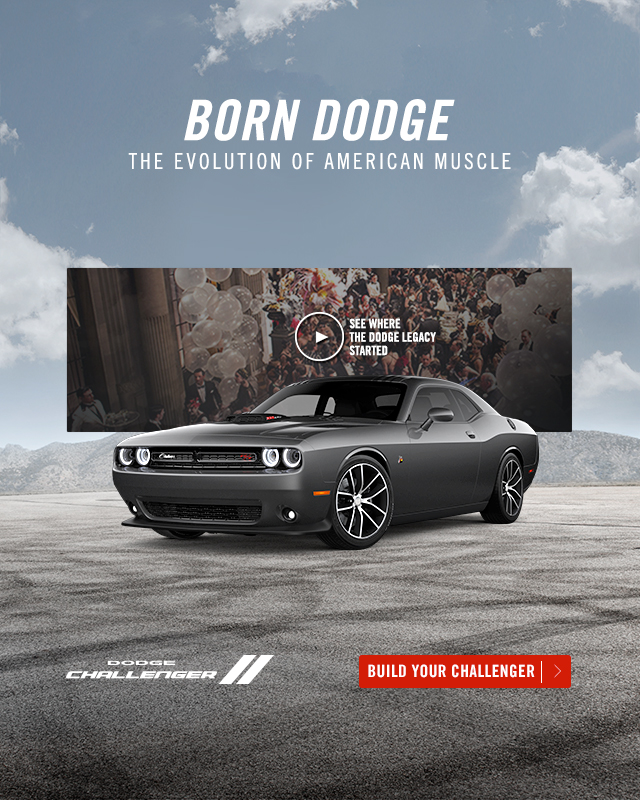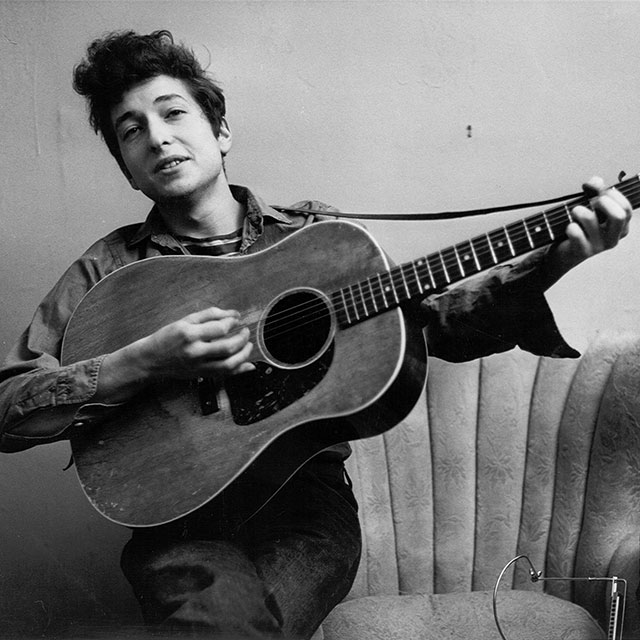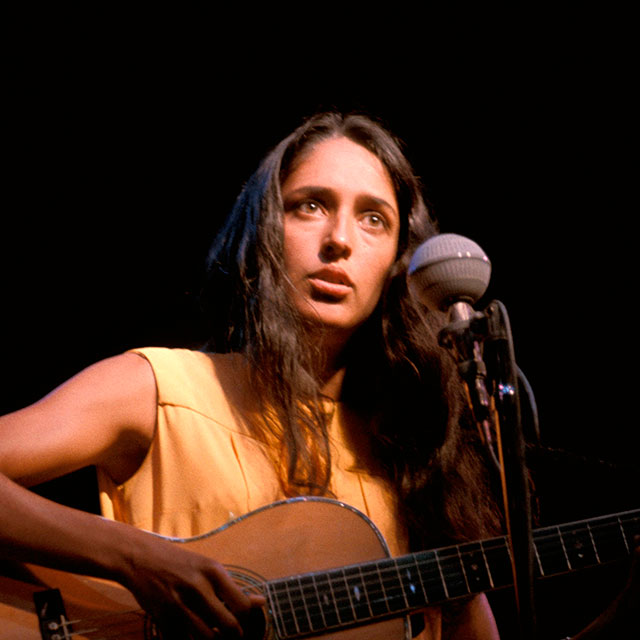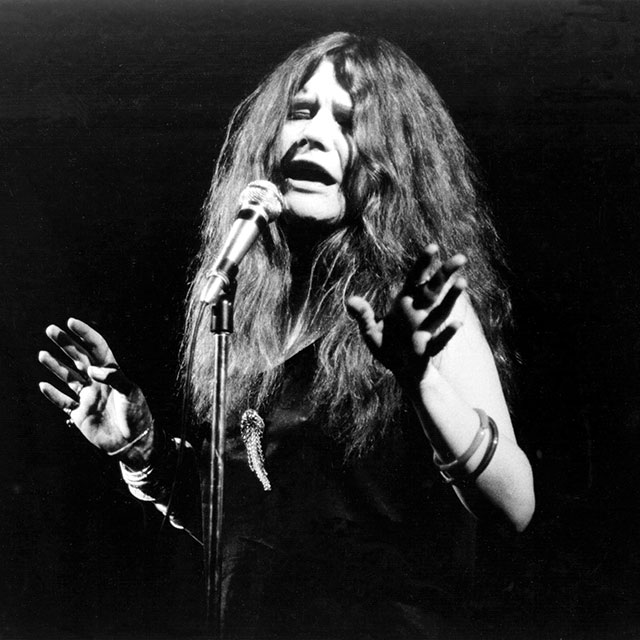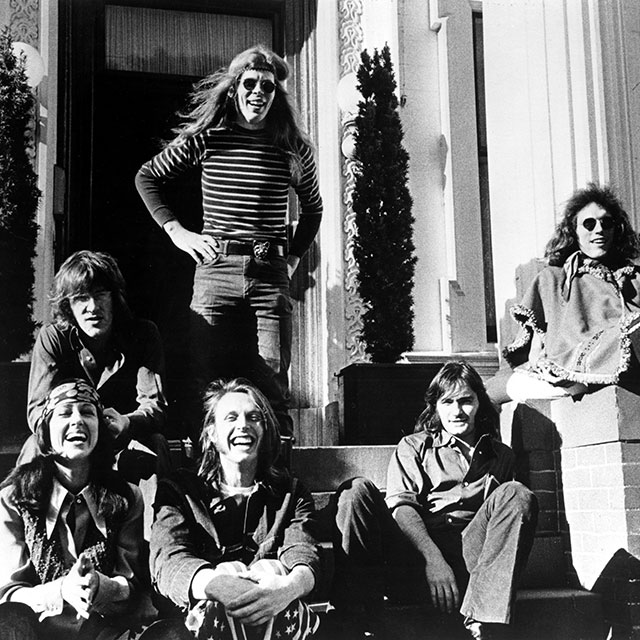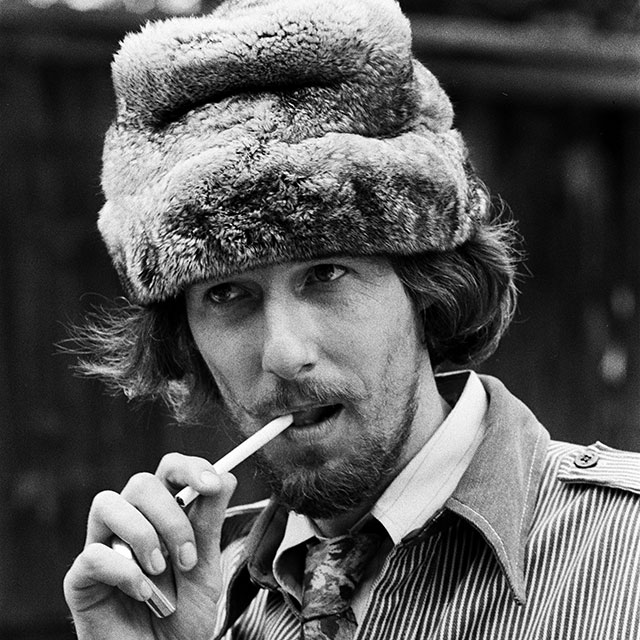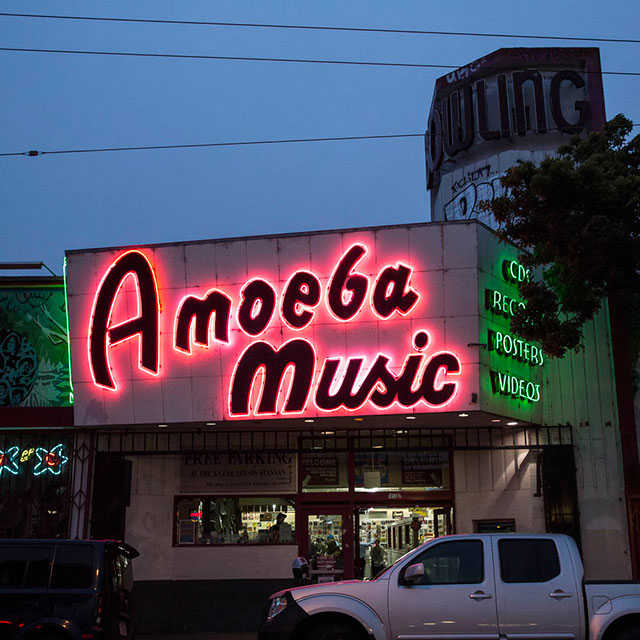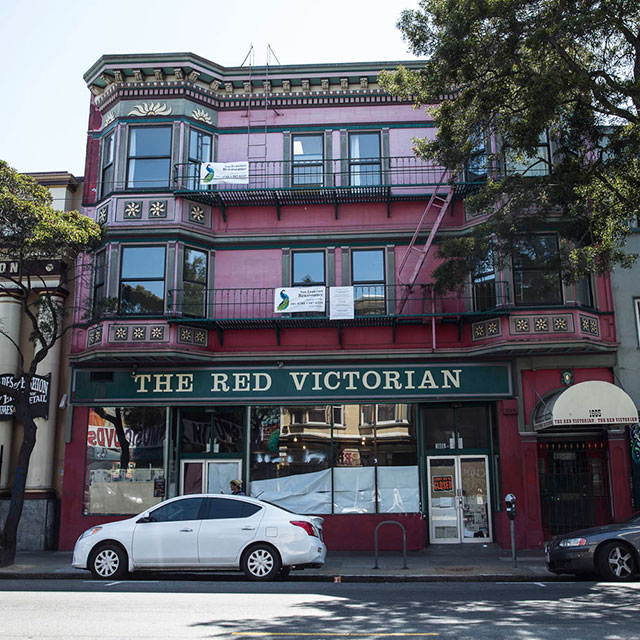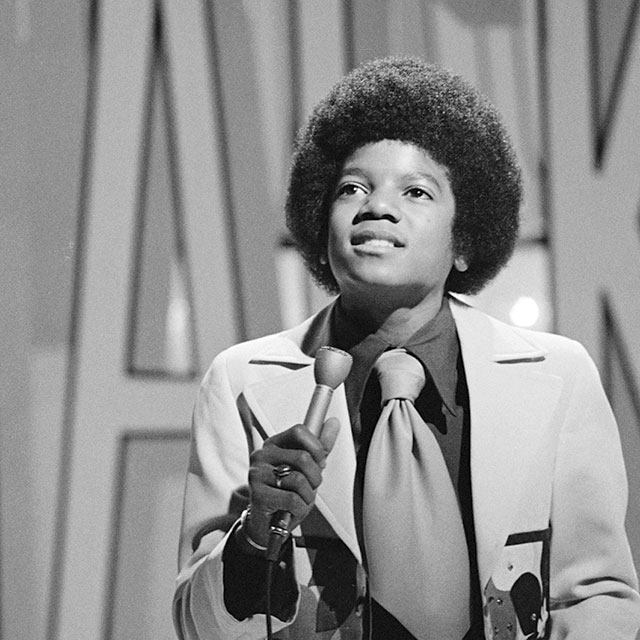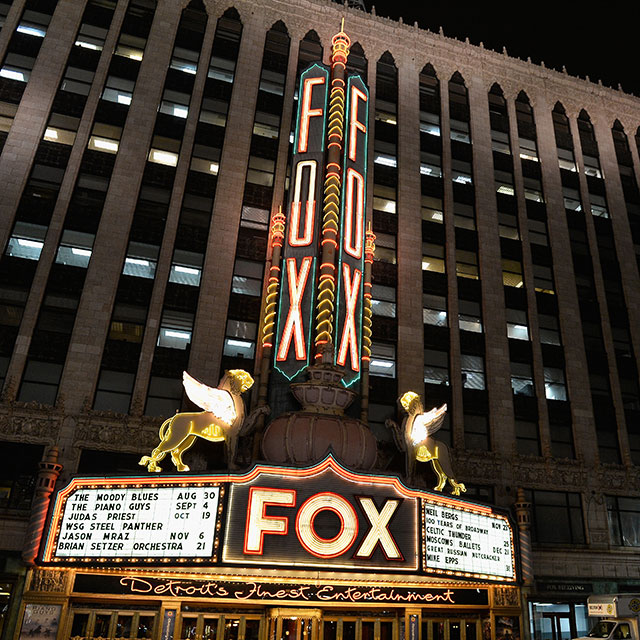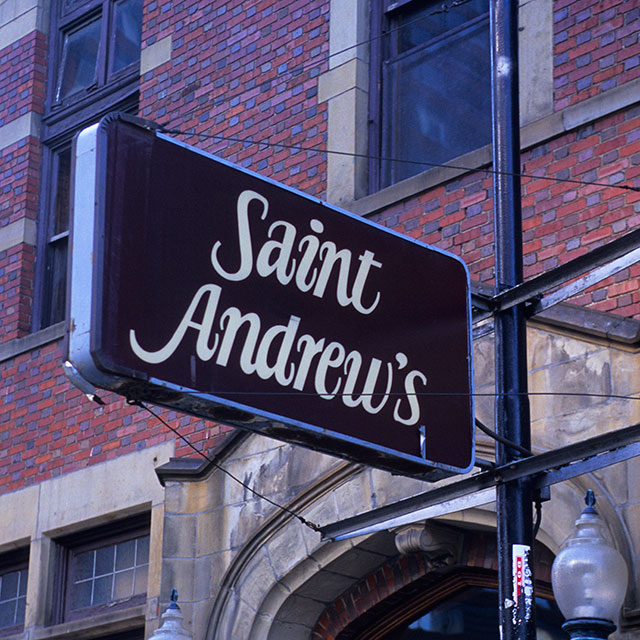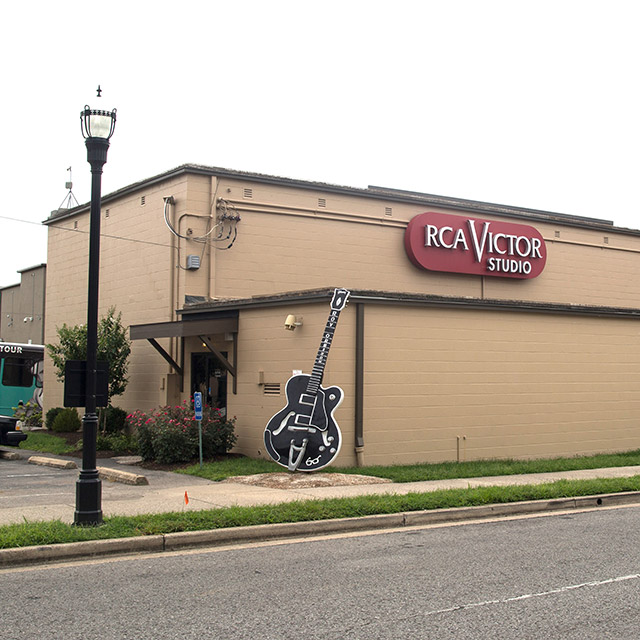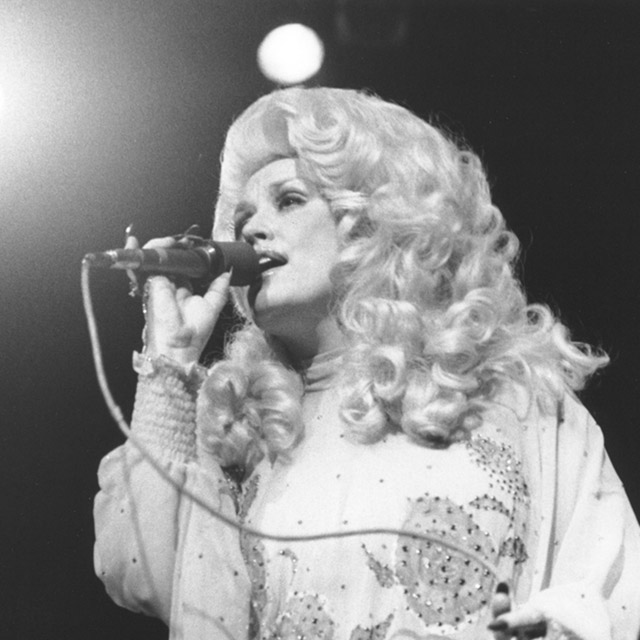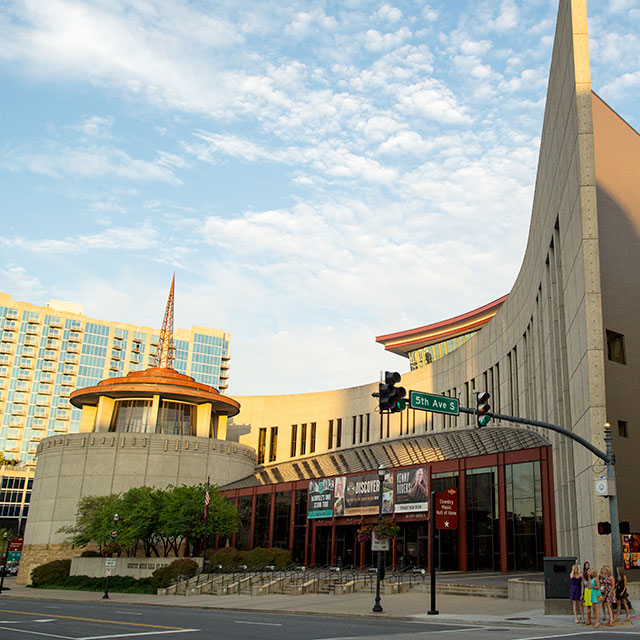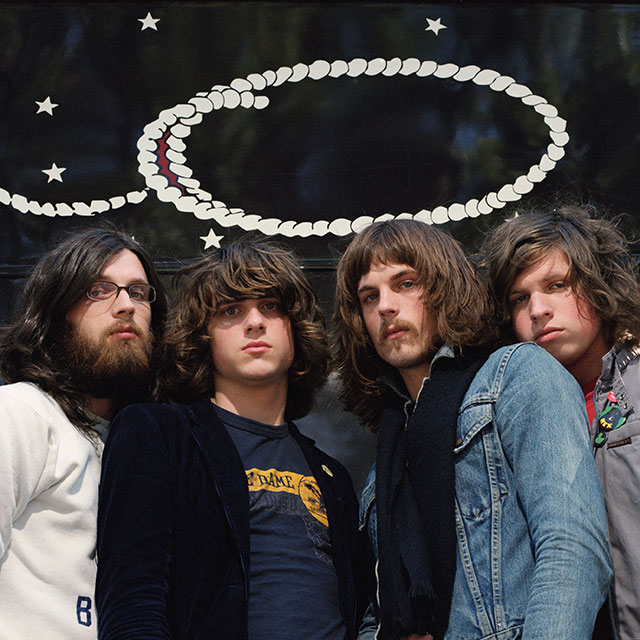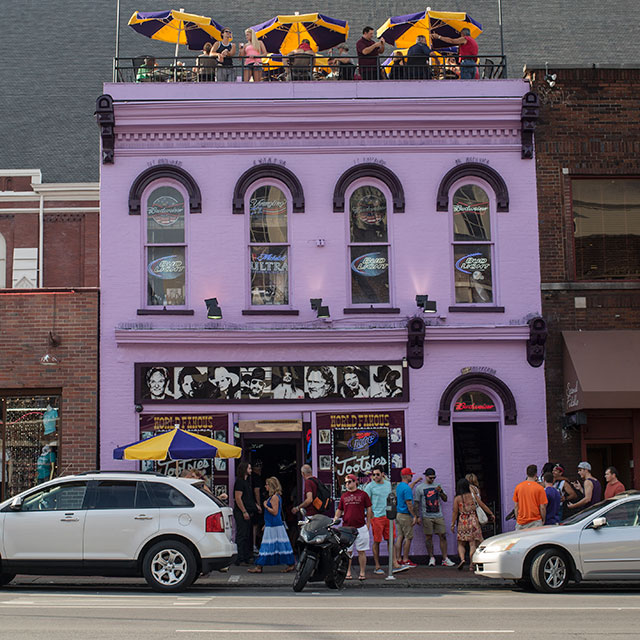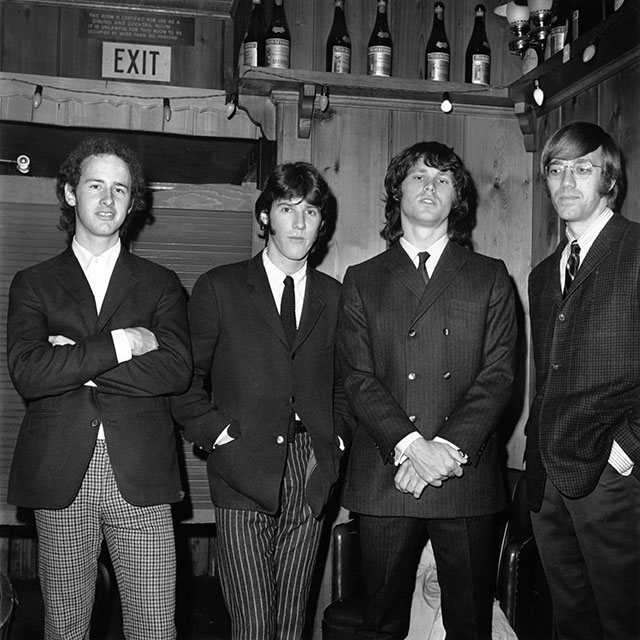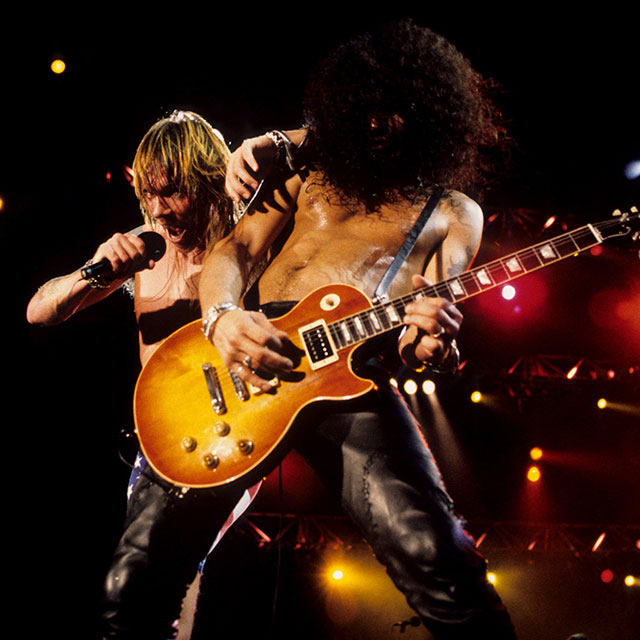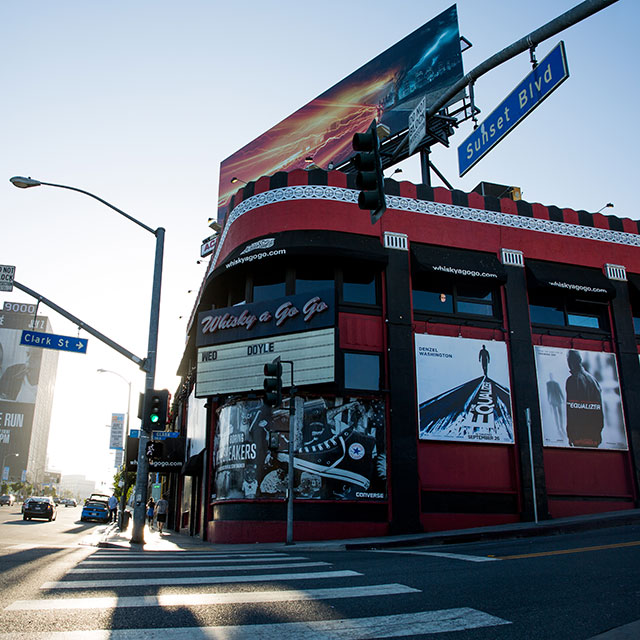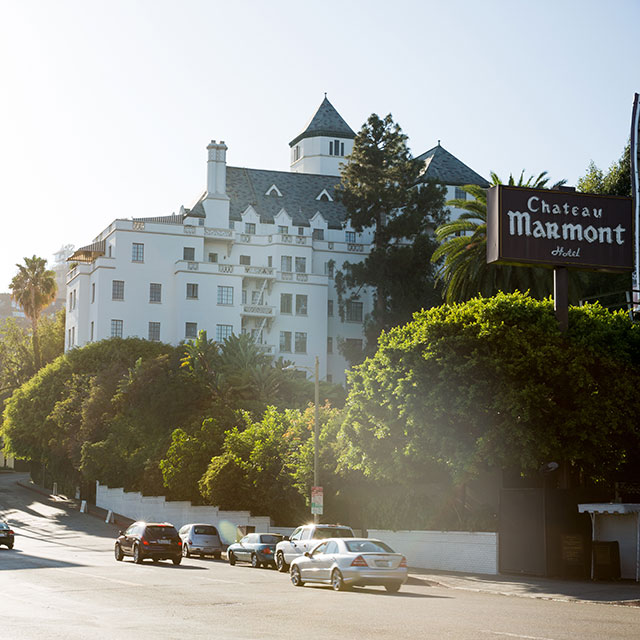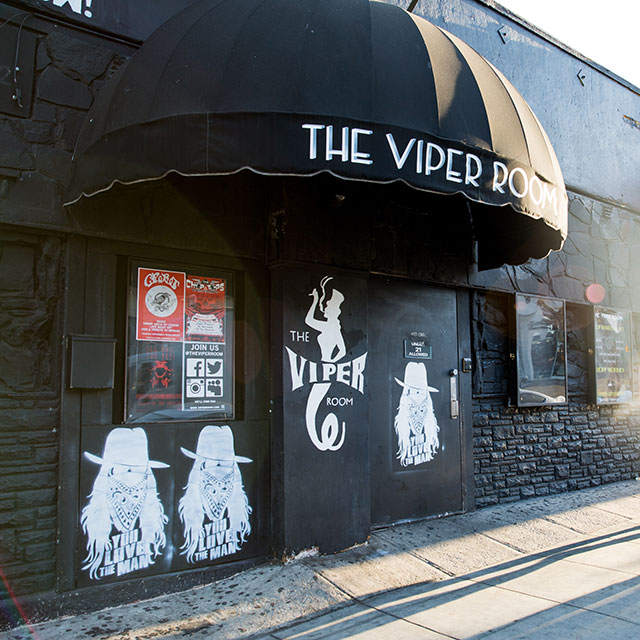The heart of music in Memphis — and, arguably, of Delta Blues, jazz, R&B and gospel as we know it — was born along this three-block strip downtown. But its significance as an entertainment district stretches all the way back to the 1860s, when the street (once known as Beale Avenue) became a popular pit stop for musicians, traders and merchants. For blues fans, however, W.C. Handy, now revered as the Father of the Blues, crafted the genre's definitive statements in the early 1900s thanks to singles like "Blues on Beale Street" and "Memphis Blues." Even today, his legend looms large: the W.C. Handy Memphis Home and Museum is a shrine to his one-time living space (it was relocated to Beale in the Eighties) while a statue showing Handy holding a trumpet presides at 140 Beale.
Blues continued to flourish along the strip long after Handy. Throughout the Twenties and into the Fifties, Muddy Waters, Louis Armstrong, Rufus Thomas and others all performed in its down-home clubs. And Sam Phillips' Sun Records in the city ignited the careers of Jerry Lee Lewis and Johnny Cash. Even B.B. King was dubbed the Beale Street Blues Boy as he made his musical ascent, and Elvis Presley picked up moves watching artists at the Ellis Auditorium.
Perhaps more so than any other area in the country, Beale Street has been recognized for its contribution to music history. It was named a National Historic Landmark in 1966 and, in 1977 Congress issued a declaration naming the street Home of the Blues. But economic downturn during the Seventies turned the area into a wasteland, and as the city has bounced back, so has its vibrant nightlife. Rum Boogie Café, which opened in 1985, hosts live music daily and serves up BBQ and lethal rum concoctions. B.B. King's Blues Club is the original location of the widespread chain and showcases regular gigs by B.B. King's Blues Club All-Star Band. And the New Daisy Theatre has hosted everyone Nirvana to Bob Dylan.
There are still nods to the street's long history, though. The A. Schawb dry goods store, established in 1876, is Beale's last-remaining original business and still sells food and souvenirs.
- Artists & Locations of Memphis
-
Elvis Presley
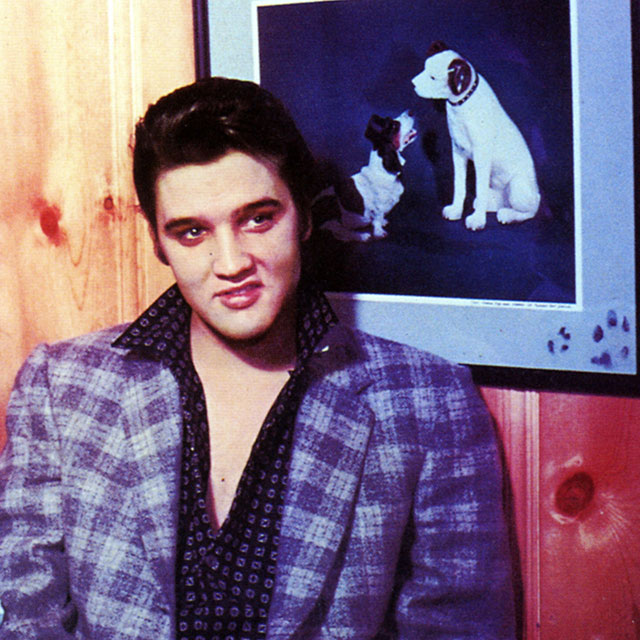
Born in Tupelo and raised in Memphis, the legend turned pop music on its head with a shake of his legendary hips.
-
Johnny Cash
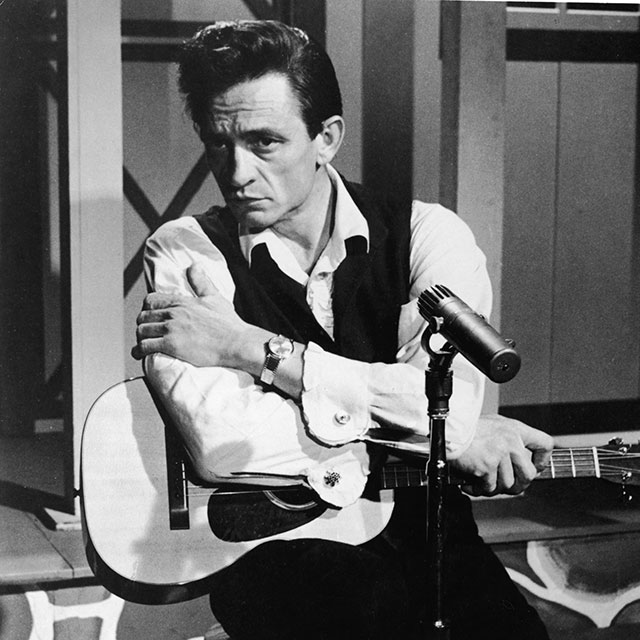
The Man in Black worked as an appliance seller in Memphis before getting up the courage to audition for Sam Phillips at Sun Records.
-
B.B. King
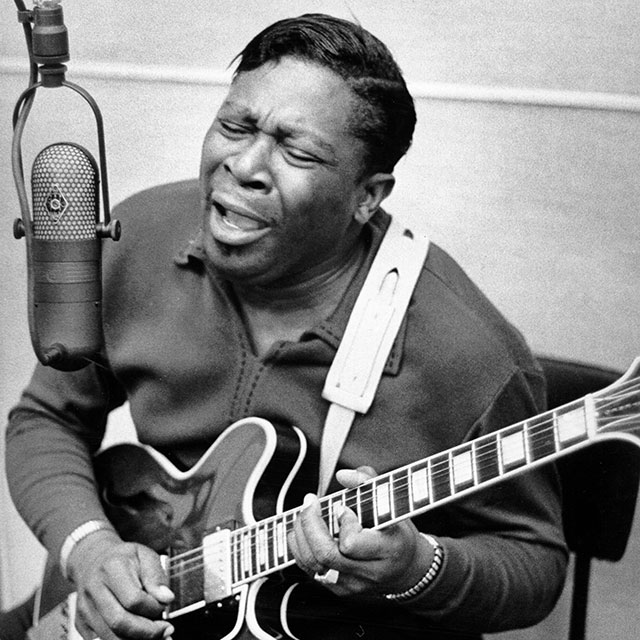
Before he became a blues legend — and the namesake of Beale's popular club — the guitarist worked as a disc jockey at Memphis' WDIA radio station.
-
The New Daisy Theatre

The venue hosts national touring acts — and is also the site where Bob Dylan filmed music videos for his album Time Out of Mind in 1997.
-
The Beale Street Brass Note Walk of Fame
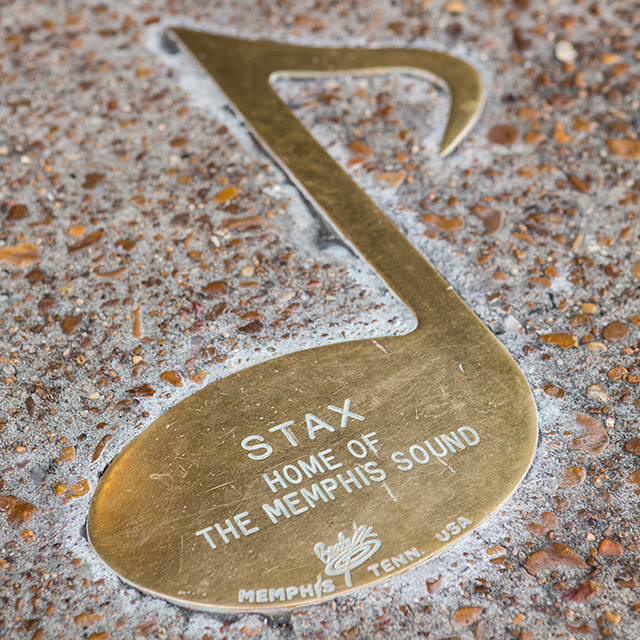
The strip honors hometown and blues legends like B.B. King, Ma Rainey, Justin Timberlake and Elvis.
-
W.C. Handy Memphis Home and Museum
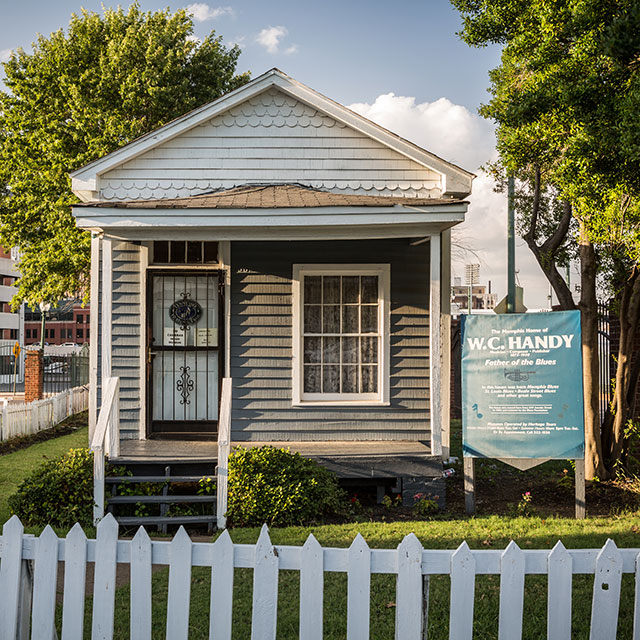
Tour the humble abode of the man who cemented Memphis as one of the definitive blues scenes.
